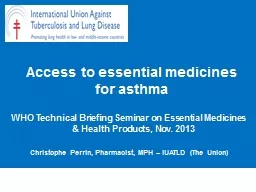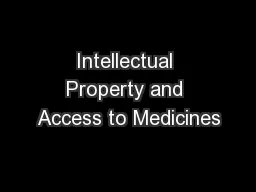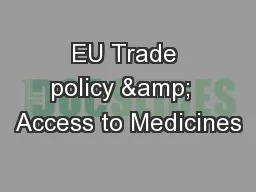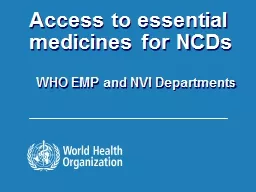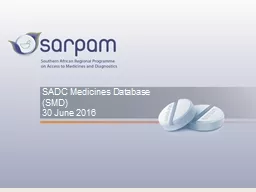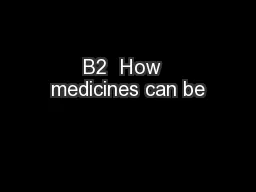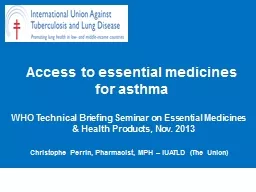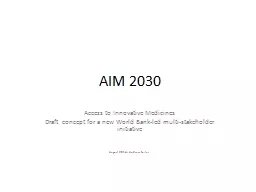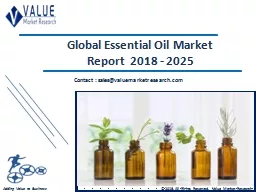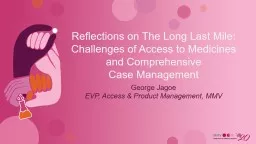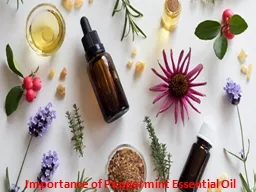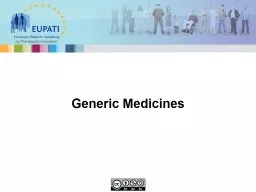PPT-Access to essential medicines
Author : conchita-marotz | Published Date : 2018-02-12
for asthma WHO Technical Briefing Seminar on Essential Medicines amp Health Products Nov 2013 Christophe Perrin Pharmacist MPH IUATLD The Union Asthma
Presentation Embed Code
Download Presentation
Download Presentation The PPT/PDF document "Access to essential medicines" is the property of its rightful owner. Permission is granted to download and print the materials on this website for personal, non-commercial use only, and to display it on your personal computer provided you do not modify the materials and that you retain all copyright notices contained in the materials. By downloading content from our website, you accept the terms of this agreement.
Access to essential medicines: Transcript
Download Rules Of Document
"Access to essential medicines"The content belongs to its owner. You may download and print it for personal use, without modification, and keep all copyright notices. By downloading, you agree to these terms.
Related Documents

